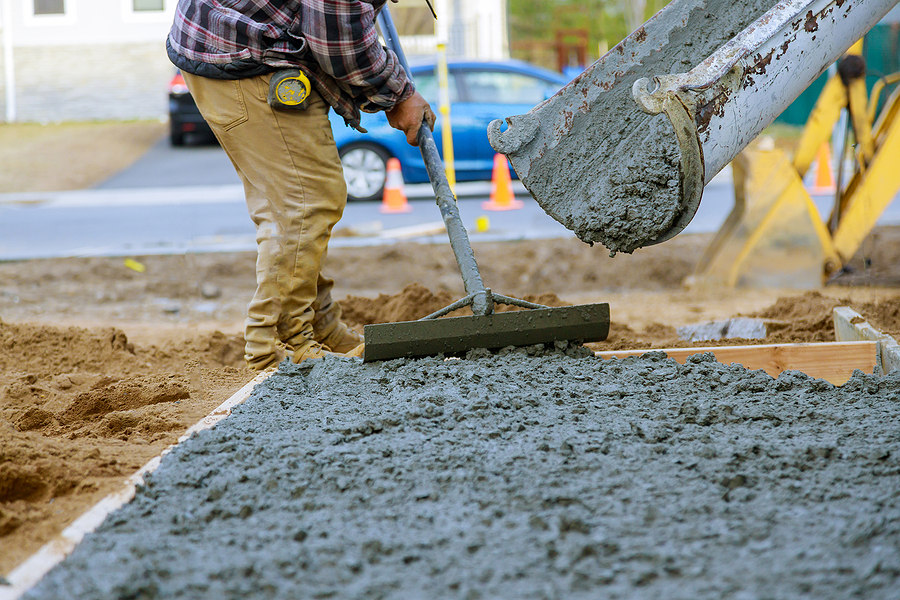With so many buildings, tunnels, bridges, roads and other structures made from concrete, the need to carry out concrete repairs will be a regular occurrence. But maintaining a concrete-heavy environment has led to concerns about the impact on the environment.
Embodied carbon accounts for 11 per cent of total carbon emissions in the UK, according to the World Green Building Council, and is believed to cause eight per cent of emissions worldwide.
This means both that its continued use could pose an environmental problem, but also that there is an opportunity to create a greener environment with the development of new kinds of concrete with lower levels of carbon.
This is exactly what a new project in the UK is setting out to accomplish, Specification Online reports.
Design experts Akerlof, Materials manufacturer Forterra and construction firm PCE are joining with engineers Curtains and sustainability consultancy firm Accelar in a project aimed at reducing the emissions of pre-cast concrete.
The scheme has been funded by the Ministry of Justice (MoJ) as part of its efforts to increase green infrastructure and decarbonise the economy.
Known as the Decarbonising Concrete Project (DPC), the aim is to help the MoJ reduce carbon emissions from its own properties, with the additional benefit that gains made in cutting carbon from building work will be shared with other sectors such as housing and public health and education facilities.
However, the project is not simply about cutting carbon, as it will seek to do so without diminishing the effectiveness of concrete in creating and sustaining effective structures. Thus a broader, holistic approach is central to the projects aims.
The DPC is set up to work in three stages. Firstly, to optimise design by reducing source material use. Secondly, to incorporate and test the effectiveness of new component substances and thirdly to examine how production and logistics solutions can cut emissions.
Founding partner at Akerlof John Handscomb said: “This pilot brings together innovators from each stage of the process to tackle this challenge directly through a real-life project,” adding that the member organisations are “extremely hopeful” of success in enabling the delivery of “better outcomes” across construction.
Forterra chief operating officer Stephen Harrison said the project was about putting together a UK team backed by government money with a clear aim of reducing carbon in UK construction, noting that this represents “a vital focus to keep our climate goals within reach as recovery measures stimulate the sector to increase building”.
Among the possible solutions to cutting carbon may be the use of graphene, according to researchers at the University of Manchester.
In a joint project between the university and Nationwide Engineering – a firm set up by alumni from the university – it was found that including a very small amount of graphene can increase the strength of the material by 30 per cent compared with standard concrete. This was measured in the flooring slabs at a new leisure centre in Amesbury, Wiltshire.
This means the amount of concrete needed to achieve the same structural performance is correspondingly reduced.
Managing director of Nationwide Engineering Alex McDermott said: “We are thrilled to have developed and constructed this game-changing, graphene-enhanced concrete on a real project.”

